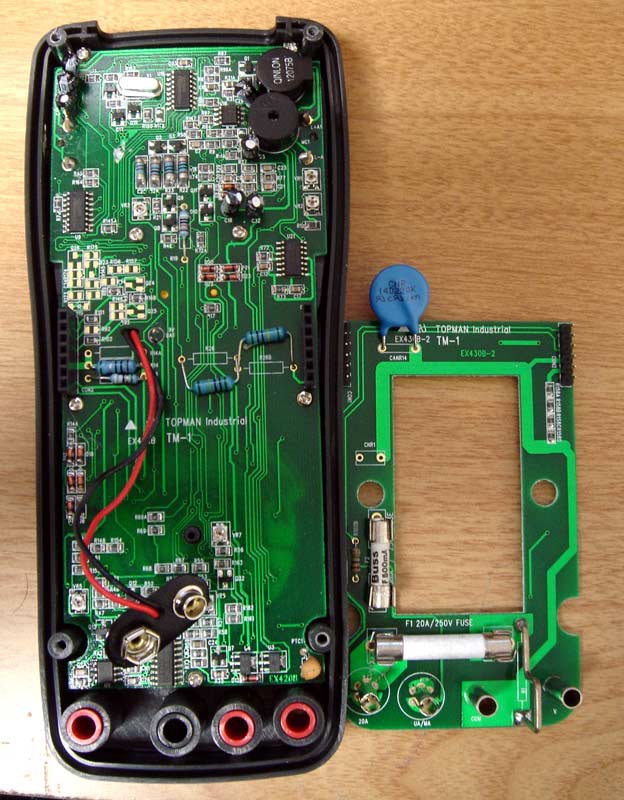tpetar
Advanced Member level 7
- Joined
- Sep 27, 2010
- Messages
- 6,417
- Helped
- 1,713
- Reputation
- 3,456
- Reaction score
- 1,673
- Trophy points
- 1,393
- Location
- Pancevo-Belgrade, Serbia
- Activity points
- 37,363
I think You didnt finish homework. You should read description of circuit.
Suggested circuit with description text :
https://www.circuitstoday.com/simple-elecronic-fuse
Initially the load current flows through SCR and resistor R1.The value of R1 is so selected that, the maximum load current multiplied by the resistance of R1 is equal to 0.7 volts. When the load current exceeds the maximum value the voltage drop across R1 becomes more than 0.7V and switches transistor Q1 ON. Now the transistor completely bye passes the load current and the current through triac falls below the holding current. This makes the triac OFF. When SCR is OFF there will not be any current flow through R1 and so the voltage across it falls to 0.This makes the transistor OFF, completely isolating the load circuit.The fuse can be resetted by pressing S1.When S1 is pressed the SCR is again triggered and remains latched to conduct the load current.
This is simple circuit, you can make it very easely and test it.
Suggested circuit with description text :
https://www.circuitstoday.com/simple-elecronic-fuse
Initially the load current flows through SCR and resistor R1.The value of R1 is so selected that, the maximum load current multiplied by the resistance of R1 is equal to 0.7 volts. When the load current exceeds the maximum value the voltage drop across R1 becomes more than 0.7V and switches transistor Q1 ON. Now the transistor completely bye passes the load current and the current through triac falls below the holding current. This makes the triac OFF. When SCR is OFF there will not be any current flow through R1 and so the voltage across it falls to 0.This makes the transistor OFF, completely isolating the load circuit.The fuse can be resetted by pressing S1.When S1 is pressed the SCR is again triggered and remains latched to conduct the load current.
This is simple circuit, you can make it very easely and test it.

